Alternative Risk Assessment Methodology (ARAM) Project: Phases I & II
There are two phases to this project. The focus of phase one was to identify alternative risk assessment methods that would work for contaminants with little or no toxicity information and conduct basic testing on these methods. A scientist was hired as a contractor to conduct this work. Ten possible methods were identified. After basic testing, five of the ten methods were selected as methods that might be useful in creating health risk recommendations. Based on these results, MDH scientists created a draft decision framework that is based on a combination of available toxicity information and predictions of health effects for a contaminant.
The second phase of this project, also performed by a hired contractor, involved: conducting expanded testing of the methods selected in phase one, both as individual methods and as a group of methods that work together; identifying and testing additional risk assessment methods developed since the completion of phase one; evaluating chemical categories associated with health endpoints of special concern (e.g., endocrine active, cancer); and revising the draft decision framework.
MDH scientists are now testing the revised draft decision tree with a variety of contaminants and for a variety of health effects. MDH will evaluate the results and the usefulness of the decision tree as an alternative method for providing health risk context. Once this evaluation is complete, MDH intends to subject the final decision tree and methodology to a peer review.
A variety of state and federal agencies monitor for a wide range of contaminants in Minnesota waters, including chemicals from pharmaceuticals, personal care products, and household products. Many of these chemicals are categorized as contaminants of emerging concern (CEC). When a contaminant is found in water it raises the question of whether the level found poses a potential health risk. The Minnesota Department of Health (MDH) is tasked with determining human health-based guidelines for drinking water. Traditional methods for developing these guidelines require toxicity information specific to each contaminant. Unfortunately, this information is available for only a fraction of the contaminants used in industrial and commercial applications in the United States. Currently there is no standard method for evaluating the potential health risks for contaminants that do not have toxicity information. The goal of this project is to discover methods that can create health recommendations for contaminants with little or no toxicity information.
With this project MDH will:
- Discover methods that could create health recommendations in a rapid and reliable manner for CECs that have little or no toxicity information.
- Advance scientific and policy discussions regarding alternative risk assessment methods for contaminants with limited toxicity information.
- Expand the number of methods that can be used to assess CECs.
- Create a pool of staff that have the knowledge to select the appropriate method to assess a certain CEC.
$1,150,000 the first year and $1,150,000 the second are for addressing public health concerns related to contaminants found in Minnesota drinking water for which no health-based drinking water standards exist, including accelerating the development of health risk limits, including triclosan, and improving the capacity of the department's laboratory to analyze unregulated contaminants.
In the second phase of the project, Eastern Research Group will: conduct expanded testing of the methods selected in phase one, both as individual methods and as a group of methods that work together; identify and test additional risk assessment methods developed since the completion of phase one; evaluate chemical categories associated with health endpoints of special concern (e.g., endocrine active, cancer); and revise the draft decision framework.
ERG successfully conducted expanded testing of the methods selected in phase one, both as individual methods and as a group of methods that work together; identified and tested additional risk assessment methods developed since the completion of phase one; evaluated chemical categories associated with health endpoints of special concern (e.g., endocrine active, cancer); and revised the draft decision framework. The executive summary of their report is available at: https://www.health.state.mn.us/communities/environment/risk/docs/guidance/dwec/execsumm2015.pdf.
$1,020,000 the first year and $1,020,000 the second year are for addressing public health concerns related to contaminants
found in Minnesota drinking water for which no health-based drinking water standard exists.
Develop a process that maximizes the ability to provide health-based guidance to the public and regulators and to minimize the situations where it is infeasible to provide guidance due to availability of toxicity data.
Increase the number of available risk assessment methodologies for the evaluation of potential human health risks from contaminants of emerging concern in drinking water when toxicity data is limited. The executive summary of the 2012 final report for ARAM: Phase I is available: http://www.health.state.mn.us/divs/eh/risk/guidance/dwec/execsumm.pdf.
$445,000 the first year and $890,000 the second year are for addressing public health concerns related to contaminants found in Minnesota drinking water for which no health-based drinking water standard exists. The commissioner shall characterize and issue health-based guidance for three or more additional unregulated drinking water contaminants in fiscal year 2010, and seven or more additional unregulated drinking water contaminants in fiscal year 2011.
Develop a process that maximizes the ability to provide health-based guidance to the public and regulators and to minimize the situations where it is infeasible to provide guidance due to availability of toxicity data.
Increase the number of available risk assessment methodologies for the evaluation of potential human health risks from contaminants of emerging concern in drinking water when toxicity data is limited.
